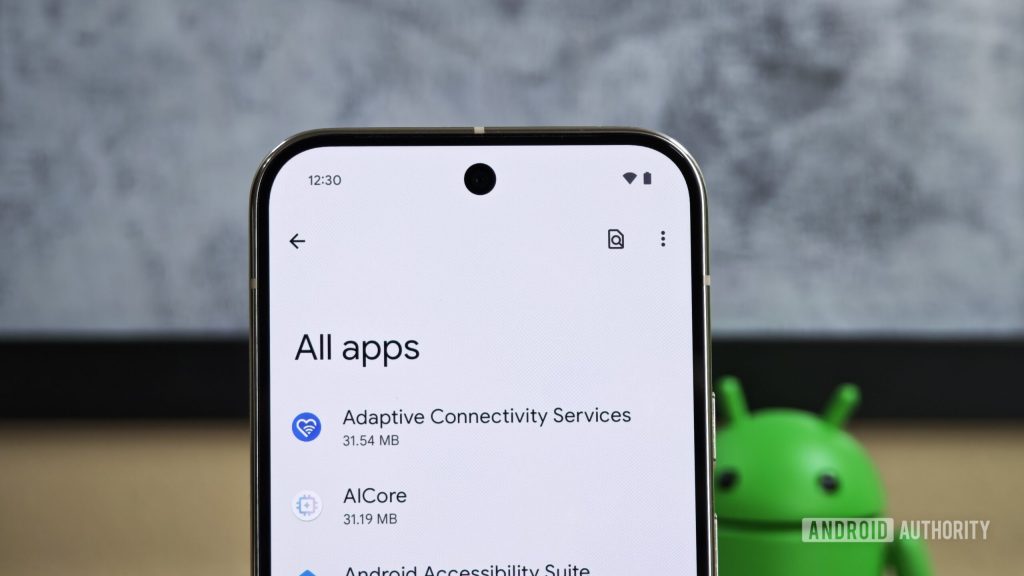Summary of Key Features in Android 16
- Android 16 introduces a new API named SettingsPreferenceService, allowing apps to submit their preferences to the Android Settings application.
- This API enables apps to specify which settings can be read or altered by the Android Settings, which presently cannot manage app-specific settings.
- The extent to which Android developers will utilize this API remains uncertain, mirroring a similar situation in iOS where a comparable API sees limited use.
Integration of App Settings in Android
The Android Settings app is primarily used for modifying device settings, but it does not typically serve as a venue for changing individual app settings. Apps usually have their own interfaces for managing their settings, separate from the Android Settings app. However, with Android 16’s introduction of a new API, there is potential for apps to integrate their own settings into the Android Settings app. If widely embraced, this could create a comprehensive destination for managing both device and app settings within the Android ecosystem.
Exploring the SettingsPreferenceService API
Android 16 features the SettingsPreferenceService, designed for apps seeking to contribute to the Android Settings interface. Developers have the option to determine which preferences they will expose and can designate them as read-only or writable. Specific tags can be applied to preferences, such as DEEPLINK_ONLY, which indicates that changes cannot be made directly but can be accessed through a dedicated link, and EXPECT_POST_CONFIRMATION, which allows users to reverse changes if needed.
Previous Limitations and Current Opportunities
Before the arrival of Android 16, apps lacked the ability to add their preferences directly to the Android Settings app. While some applications, like Niagara Launcher, made use of a lesser-known API to provide links to their settings within Android Settings, this merely led to links rather than direct access. If more developers leverage this new API in Android 16, it could facilitate a simpler process for users to manage individual app settings directly from Android Settings.
Developer Adoption Concerns
The success of this new feature is contingent upon developer adoption, a topic that Google has not thoroughly addressed outside of providing documentation. It is still unclear if this API will be made available for third-party app use since the Android source code suggests its primary design is for system apps to contribute settings. Consequently, it’s debated whether third-party acceptance will be significant, especially considering that a similar function on iOS has not seen widespread implementation.
The Potential Impact on User Experience
While it is noteworthy that Google is exploring this feature, a unified Android Settings app for managing all preferences could enhance the user experience by reducing confusion over navigating various app settings. However, it is essential for developers to retain control over how users interact with their applications, balancing user convenience with the desired app interface.
Have any insights or tips? Don’t hesitate to reach out to our team at [email protected]. Whether you want to remain anonymous or receive acknowledgment for your information is entirely up to you.



